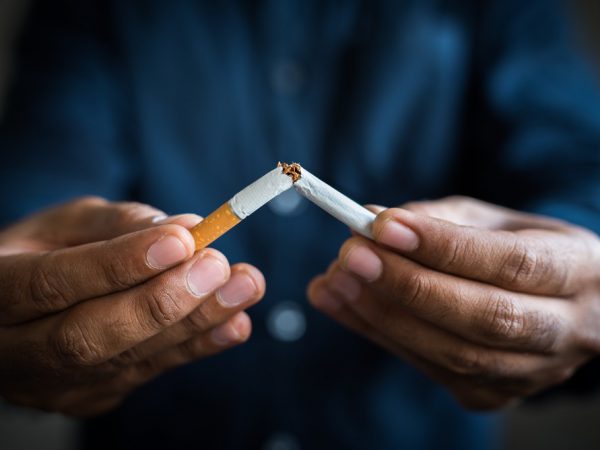Alex Cohen is the Director of Learning and Evaluation for the Richard M. Fairbanks Foundation.
Smoking remains the number one preventable cause of death in the United States, and Indiana’s smoking rate continues to rank among the worst in the nation. Smoking kills more than 11,000 Hoosiers each year. These impacts are felt especially hard among low-income individuals on Medicaid, who are more likely to be smokers.
In addition to the public health impacts, smoking also hurts Hoosiers through high taxpayer-funded costs. For example, Medicaid smokers in Indiana cost $540 million more each year than non-smokers, according to a study we released earlier this year. These lost resources could instead be put toward funding programs to address important issues like health, education or economic development.
One approach to lowering smoking rates, particularly among Medicaid beneficiaries, is to increase the use of evidence-based smoking cessation treatment. In addition to counseling, this includes medications designed to reduce the urge to smoke. Though smoking is a notoriously difficult habit to kick, these medications, known as nicotine-replacement therapy (or NRT), have been shown through several randomized controlled trials to increase quit rates.
When Massachusetts implemented a plan to expand access to evidence-based cessation treatment among low-income smokers, they saw a significant drop in smoking rates and improvements in health. They also saw reductions in healthcare costs to the tune of more than $3 saved for every $1 spent overall and more than $2 saved for every $1 spent for Medicaid alone.
In Indiana, Medicaid provides extensive coverage for both cessation counseling and medication. But while this is a critical first step, expanded coverage only matters if smokers actually take advantage of it and use these treatments.
Roughly 70% of Medicaid smokers report that they want to quit smoking. However, when we analyzed the data, we estimated that only 21% of Indiana smokers on Medicaid are using NRT.
This figure underscores a clear need for efforts—addressed to both patients and their providers, including doctors and dentists —that increase uptake of evidence-based smoking cessation treatment. This has the potential to both save money that could be better spent and, most importantly, save lives and improve health outcomes in Indiana.
—



